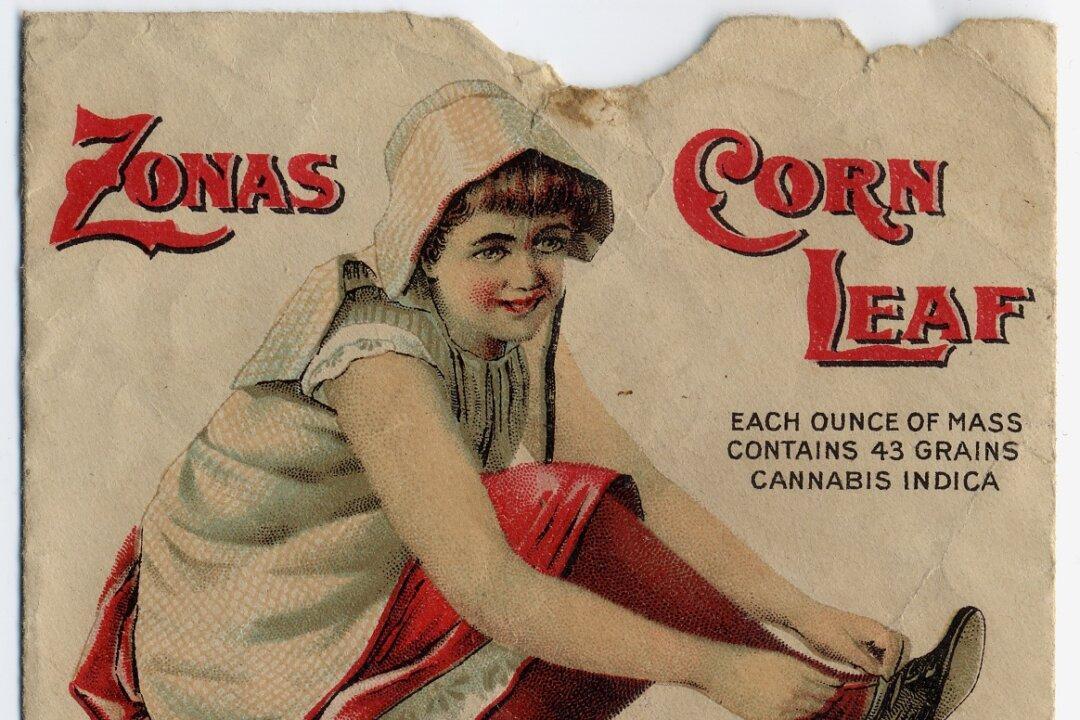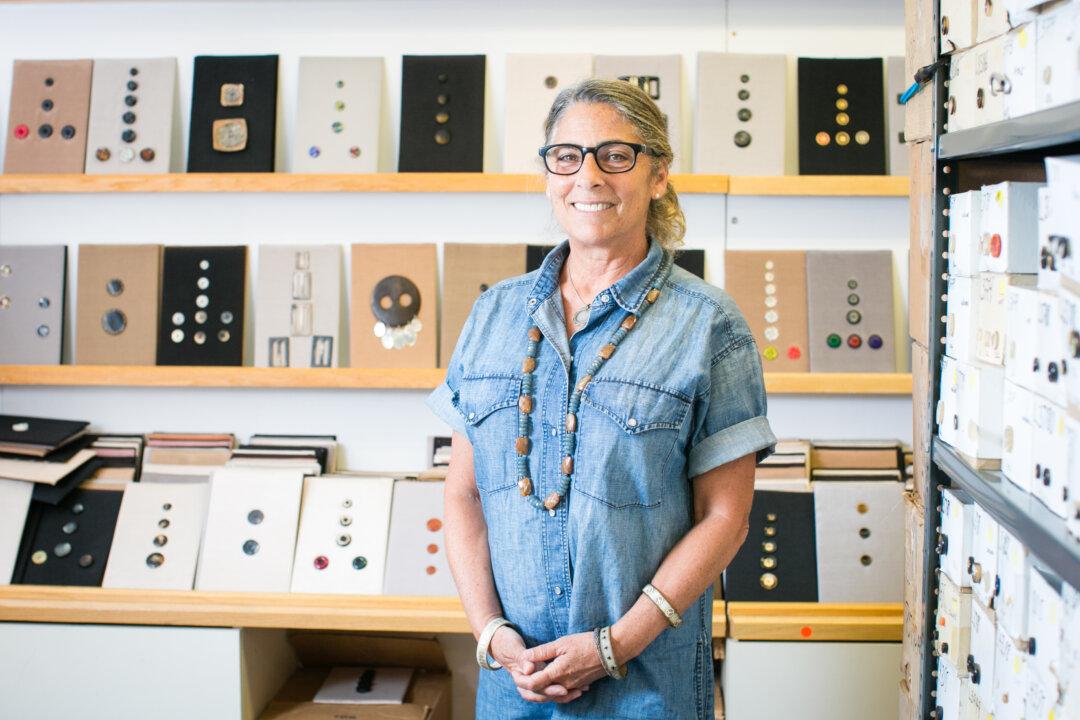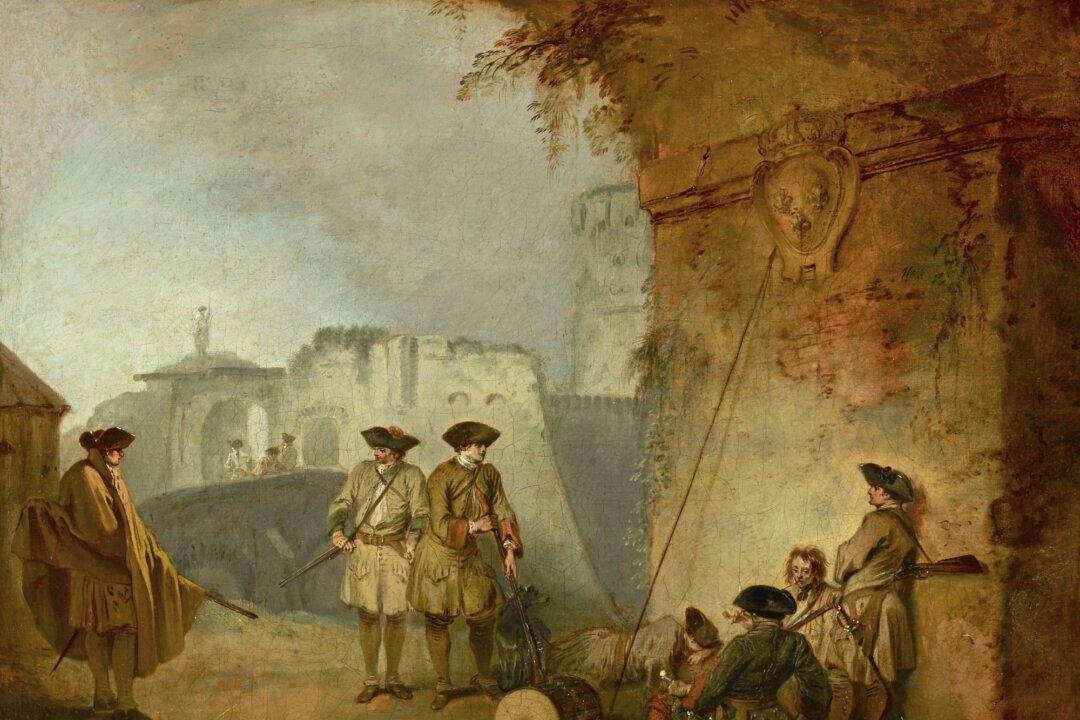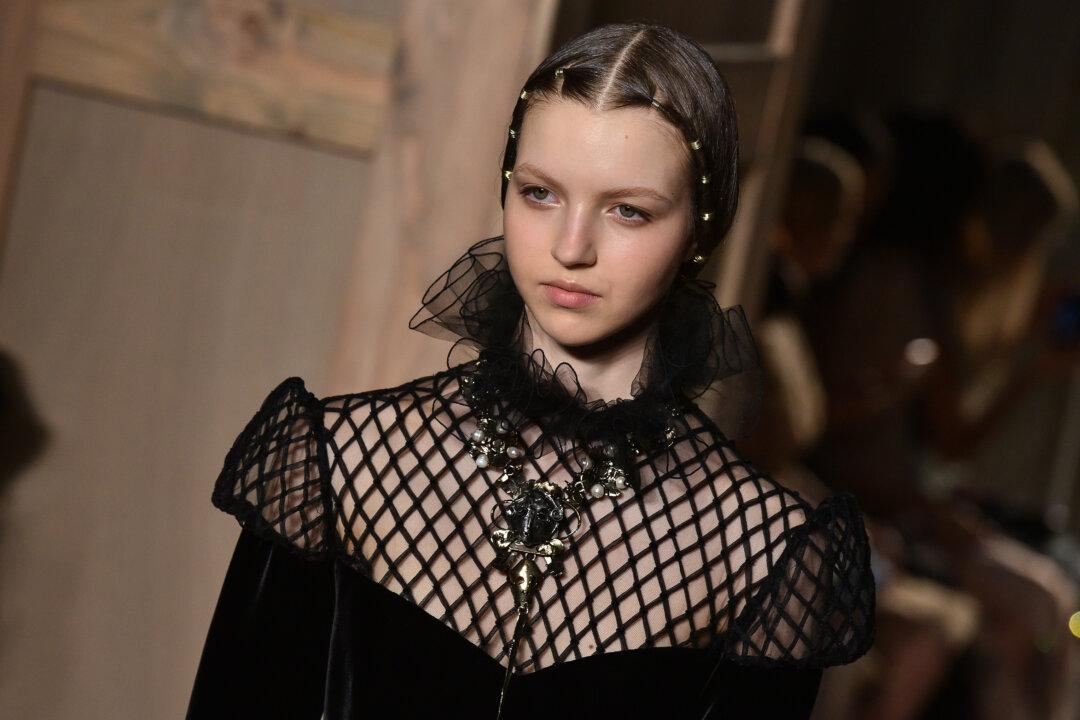The striking thing about an 18th-century corset complete with an articulated pannier is that it begs the question, “Would any woman have been comfortable in such a contraption?” It’s hard to answer in the affirmative. Whether we like it or not, the notion of bodily comfort is going to be lurking in our minds when we observe such pieces of apparel through our modern frames of judgment. But it is obvious that for a long period of human civilization, the idea of status and the amount of physical space one occupied were inextricably connected.
Fashioning the Body: An Intimate History of the Silhouette, an exhibition that is currently on display at Bard Graduate Center in New York City, goes beyond simply exhibiting accoutrements of intimate apparel from centuries past—though there are plenty of such pieces too. The exhibition also features mannequins wearing mechanized reconstructions of panniers, crinolines, and bustles in order to show how the undergarments were used to alter natural body forms.

silk, coated cloth, silk ribbons. Musée des Arts Décoratifs, Photographer: Jean Tholance



